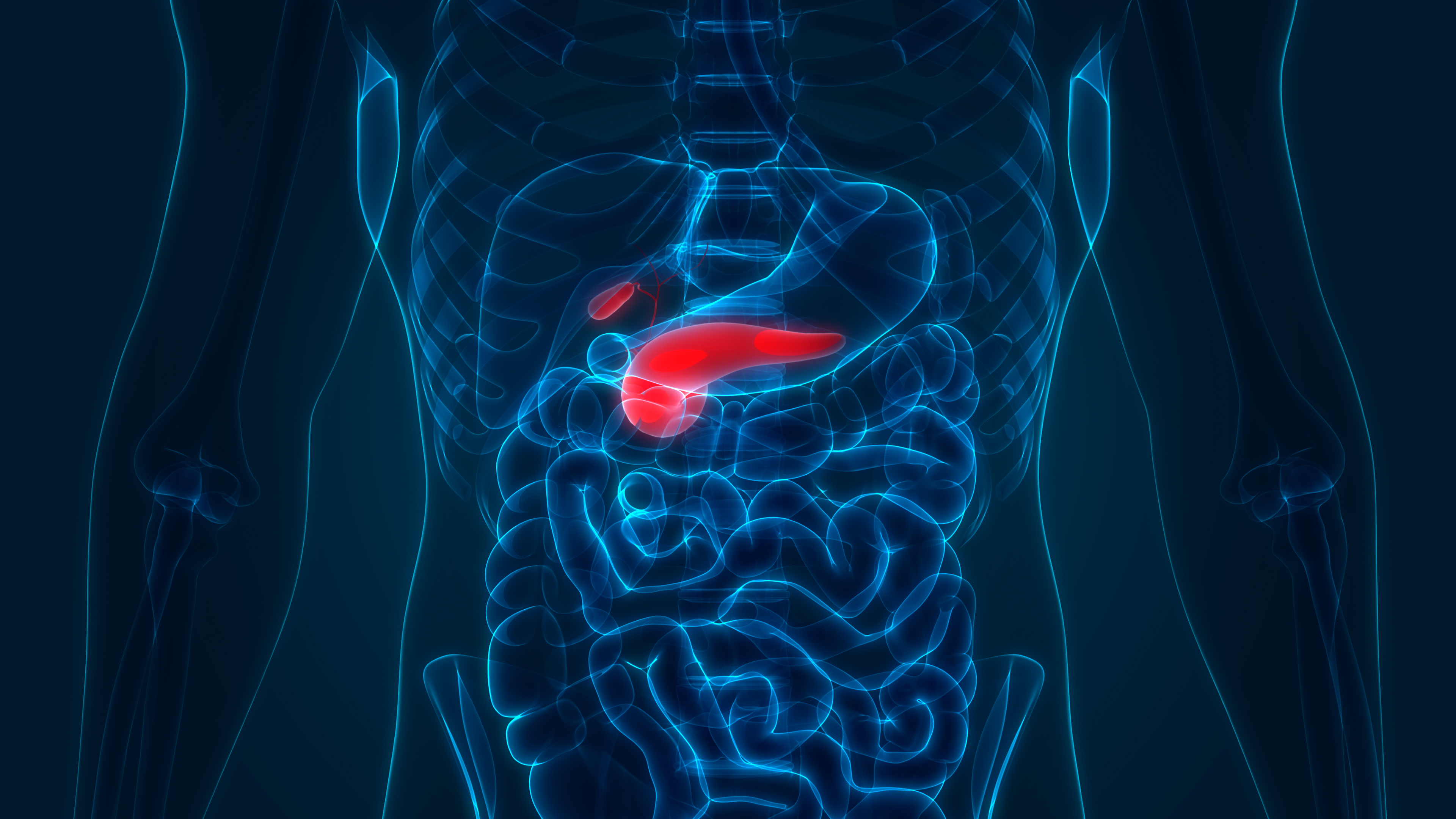Endoscopic retrograde cholangiopancreatography - PuraStat for effective management of post endoscopic sphincterotomy oozing bleeding: a case series
Endoscopic sphincterotomy (EST) is frequently performed during endoscopic retrograde cholangiopancreatography (ERCP) and post-EST bleeding is recognized as one of the most frequently encountered complications, with an incidence of 0.5%-12%1.
There are few options to stop EST-related haemorrhage and there is no consensus regarding the treatment choice. This is due, in part, to the delicate positioning of the haemorrhage and the subsequent fear of creating an obstruction.
In the publication “A novel self-‑assembling peptide hemostatic gel as an option for initial haemostasis in endoscopic sphincterotomy-related haemorrhage: a case series” by Y. Ishida et al. (Clinical Journal of Gastroenterology, 2022), the authors reported their experiences of using PuraStat as a first-line therapy to achieve effective haemostasis for post-EST oozing bleeds in 6 patients.
EST was performed for biliary drainage in four cases, and for stone removal in two cases. Bleeding was intra-procedural during the primary EST in five of six cases and was a delayed bleed in the remaining case. PuraStat (average ~ 2 ml) was applied using a dedicated catheter with the tip positioned close to the bleeding point.
Haemostasis was confirmed without the use of additional haemostatic methods in all cases and without recurrent bleeding. No adverse events or cases of pancreatitis were reported. PuraStat application was described as simple and easy. The product did not mechanically obstruct the pancreatic duct or bile duct.
In this paper, haemostasis with PuraStat for the reported EST-related oozing bleedings was described as effective, feasible, and safe.
To read the full article, click here.
1 Ishida, Y., Tsuchiya, N., Koga, T. et al. A novel self-assembling peptide hemostatic gel as an option for initial hemostasis in endoscopic sphincterotomy-related hemorrhage: a case series. Clin J Gastroenterol (2022). https://doi.org/10.1007/s12328-022-01702-9
